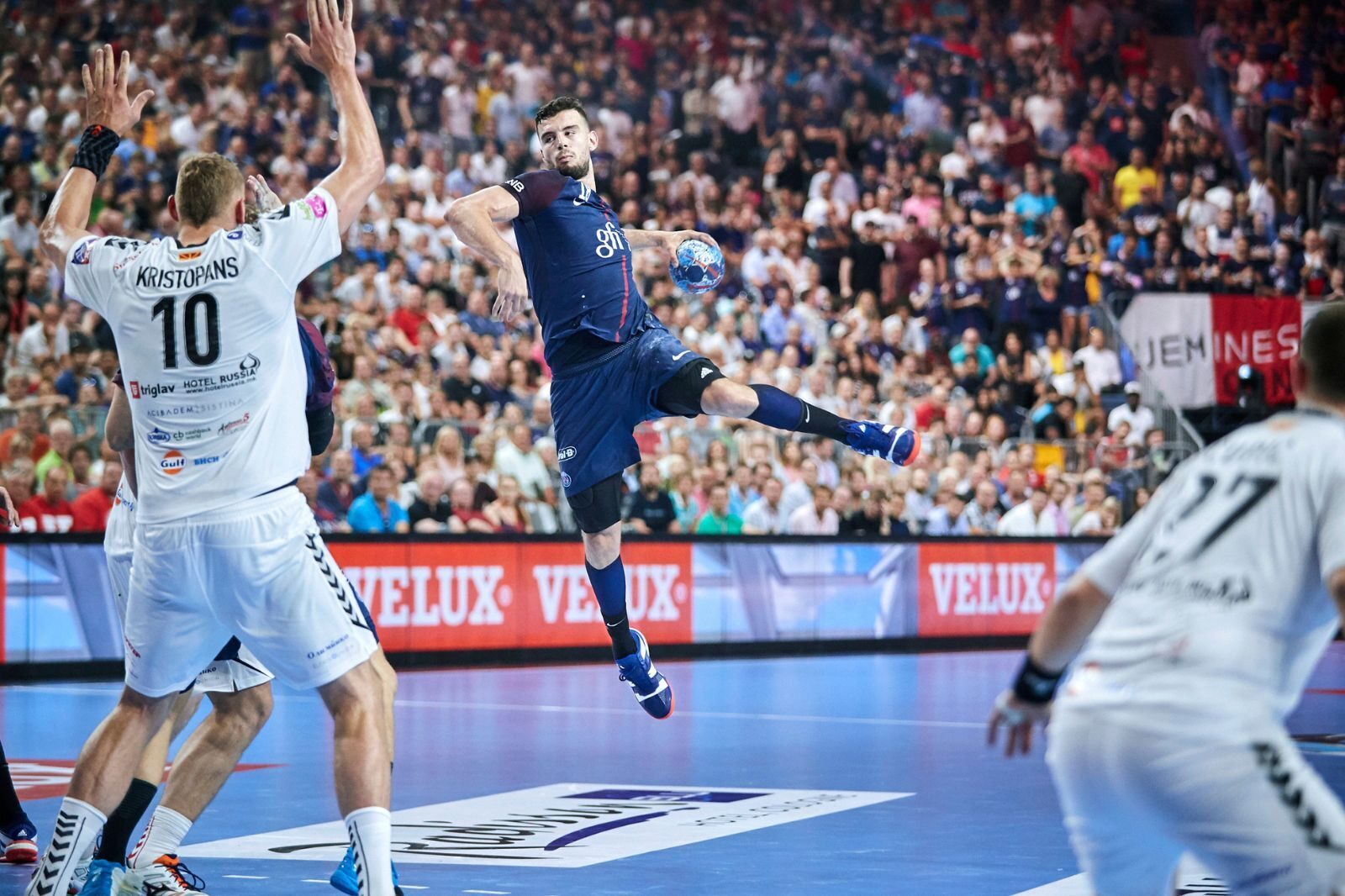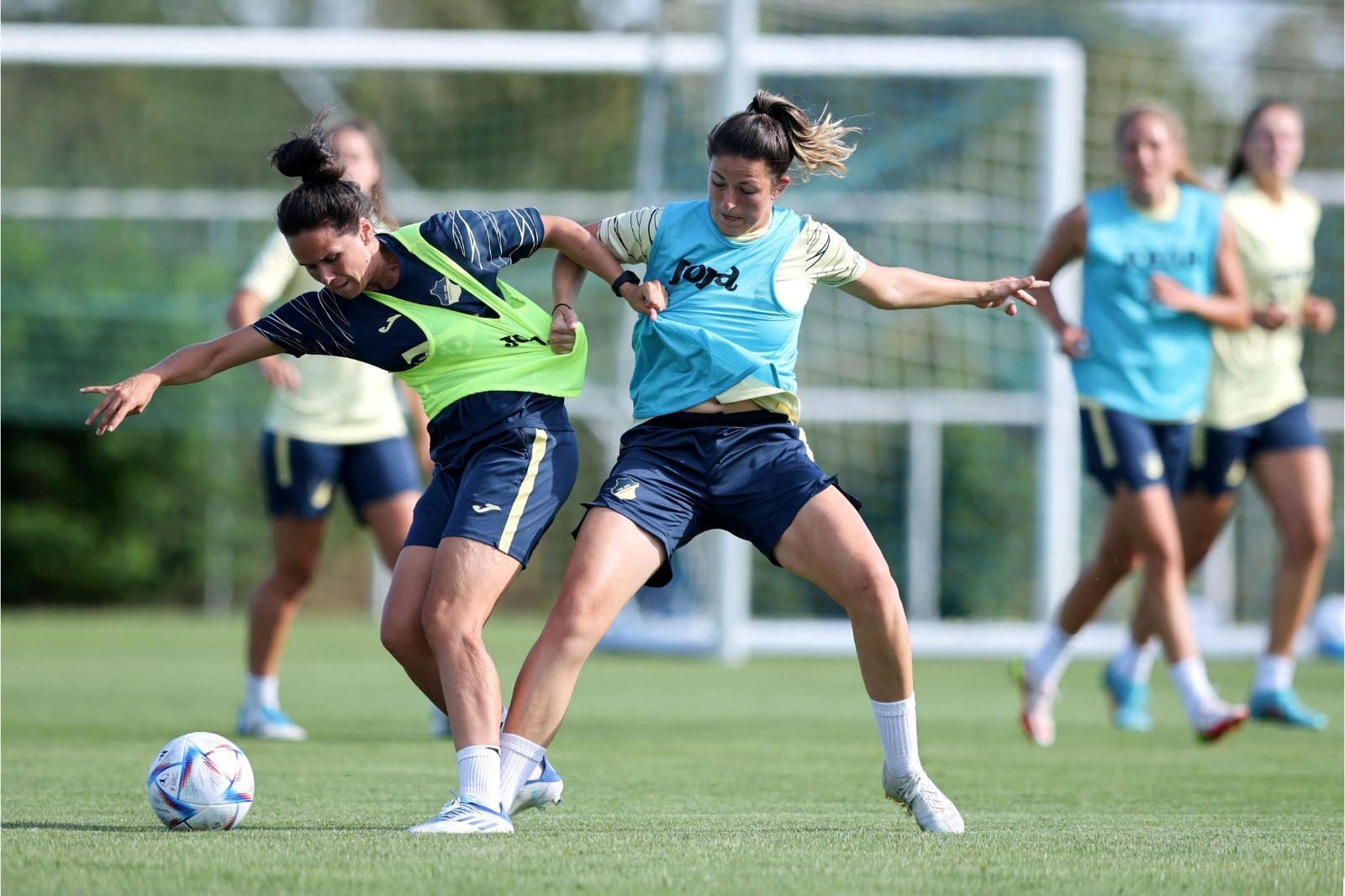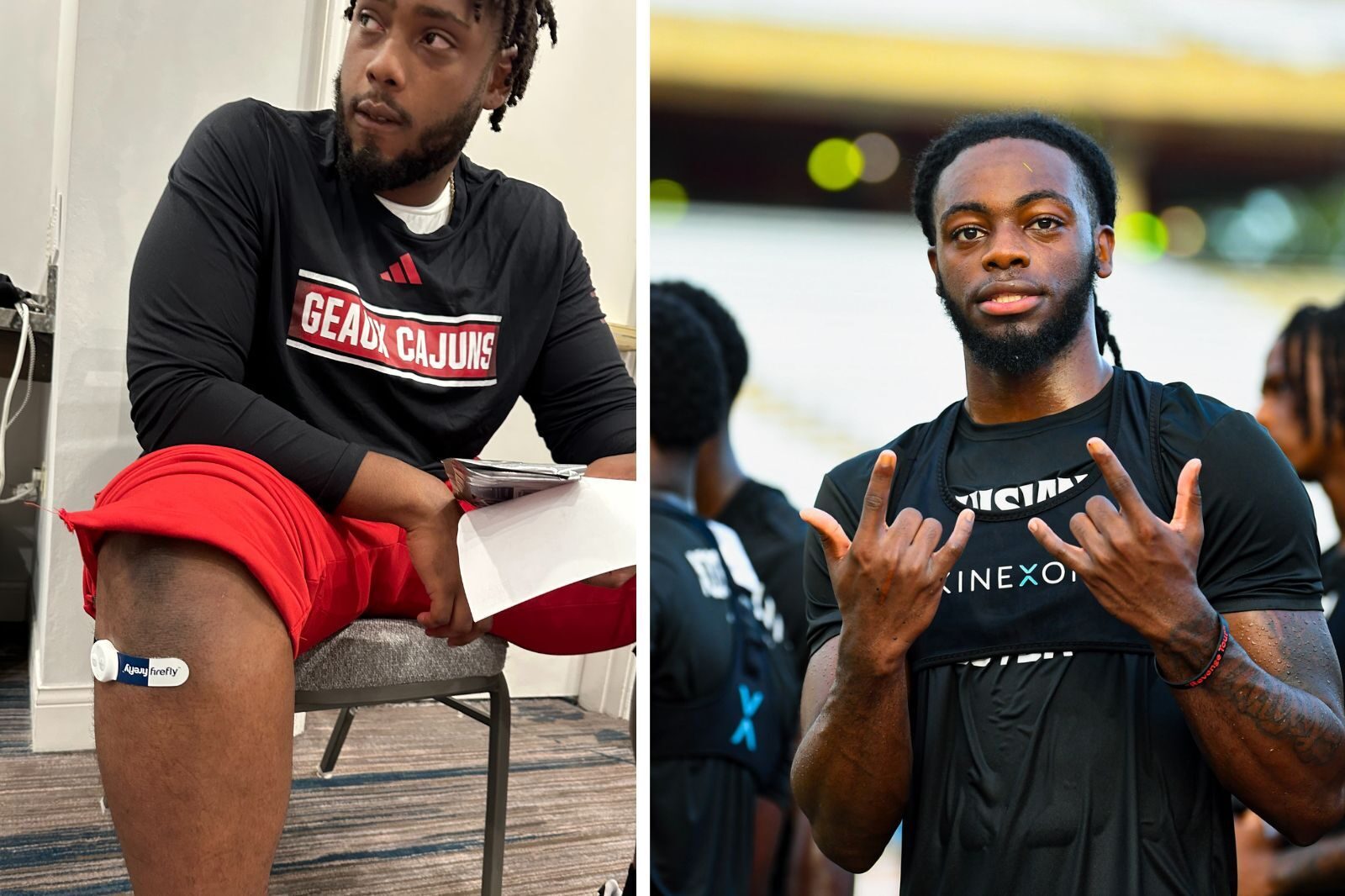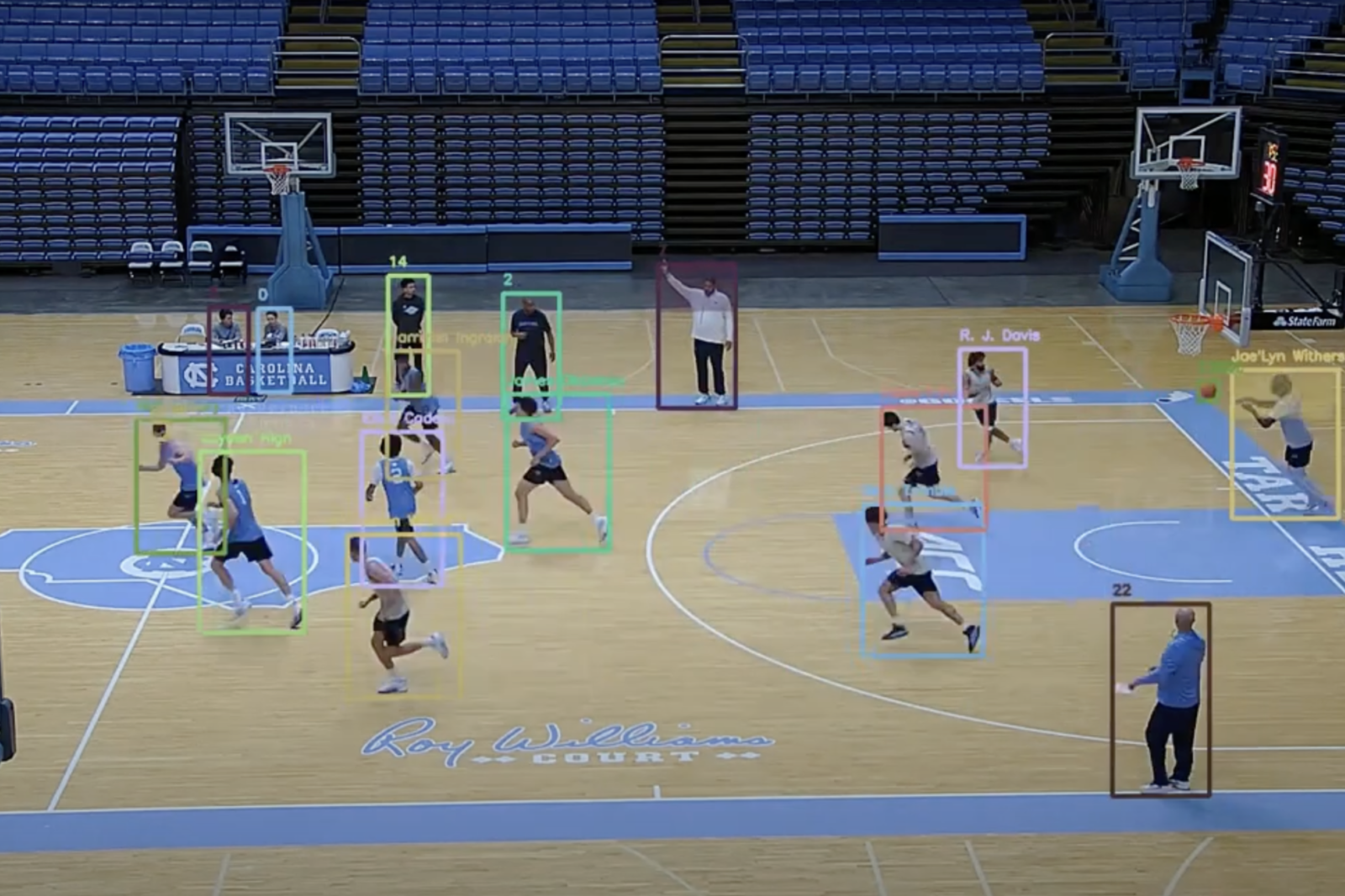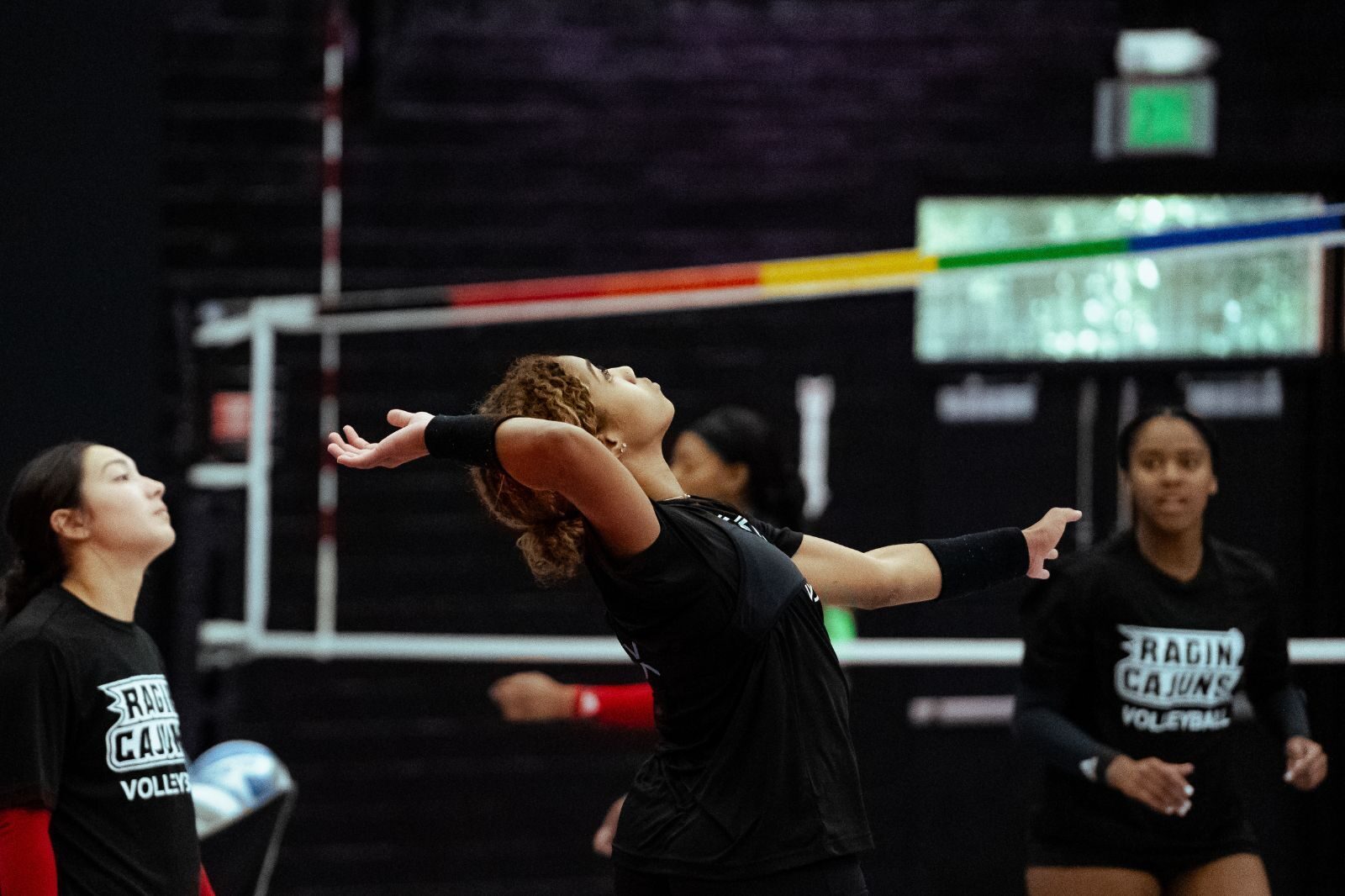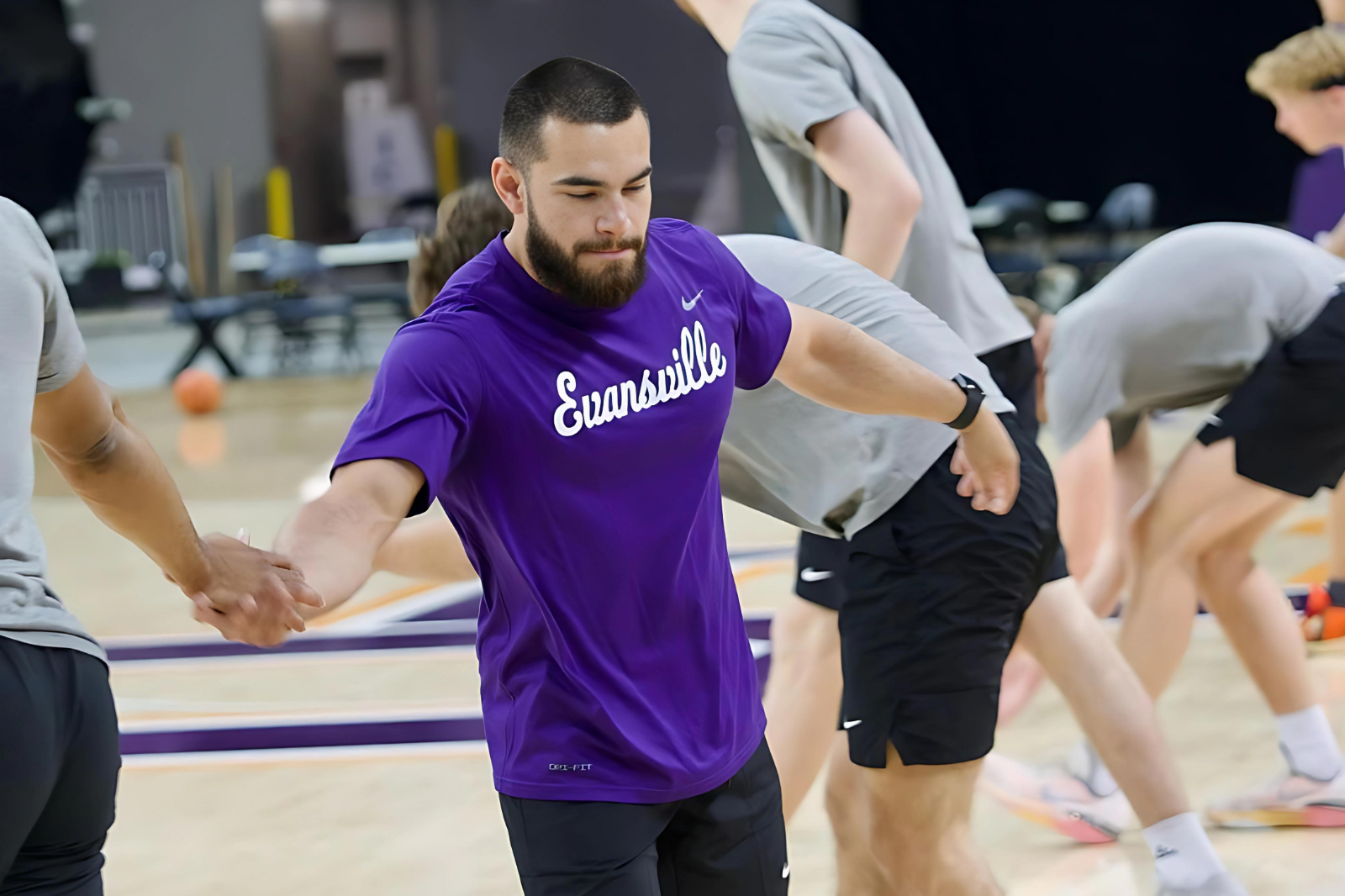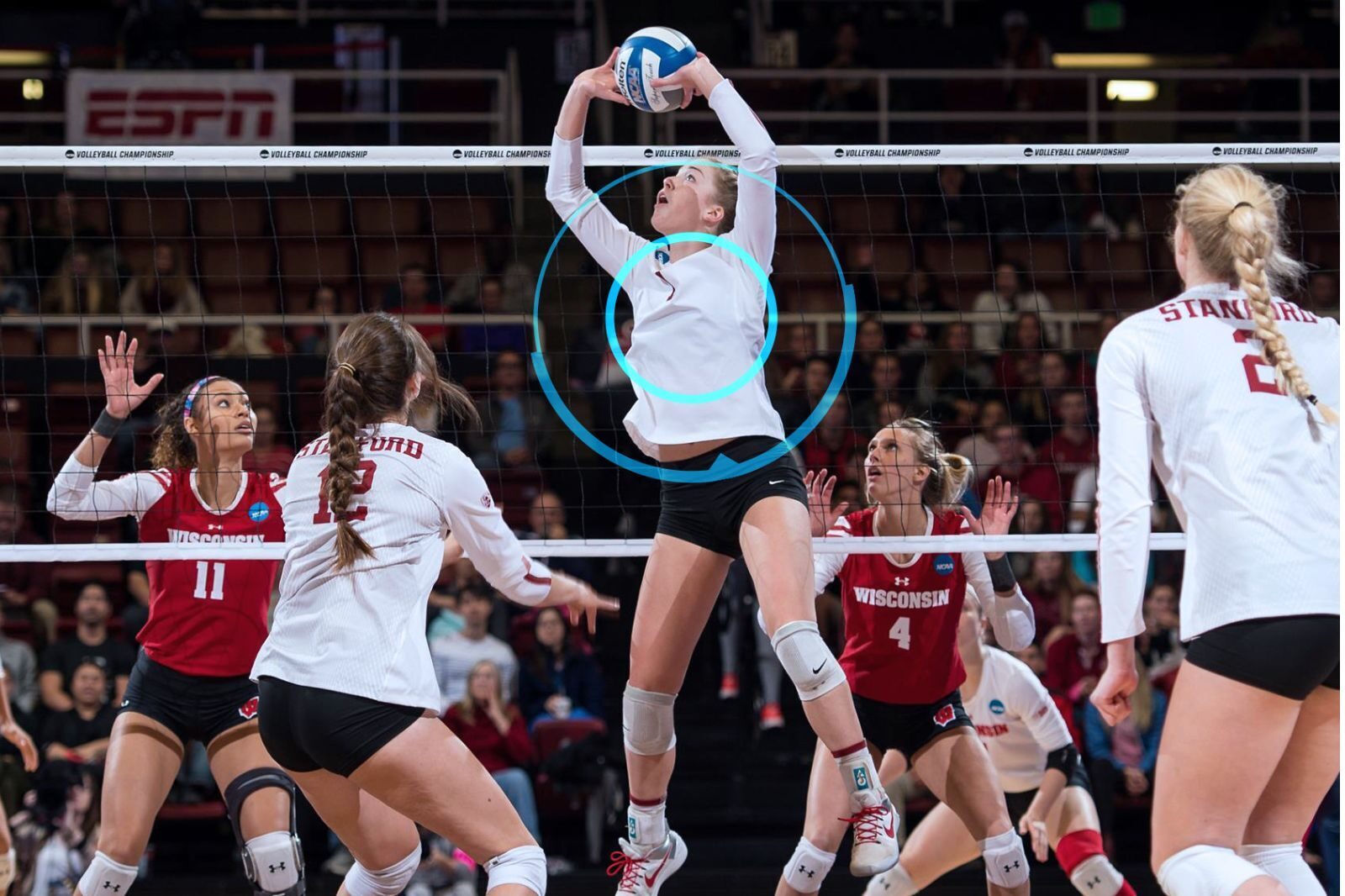How to Measure Sports Performance: Volume vs. Intensity
Author: René Prüßner
Sports analysts create and analyze metrics related to sports, which represent various aspects of athletic performance, including speed, strength, endurance, and skill. However, not all metrics are equal.
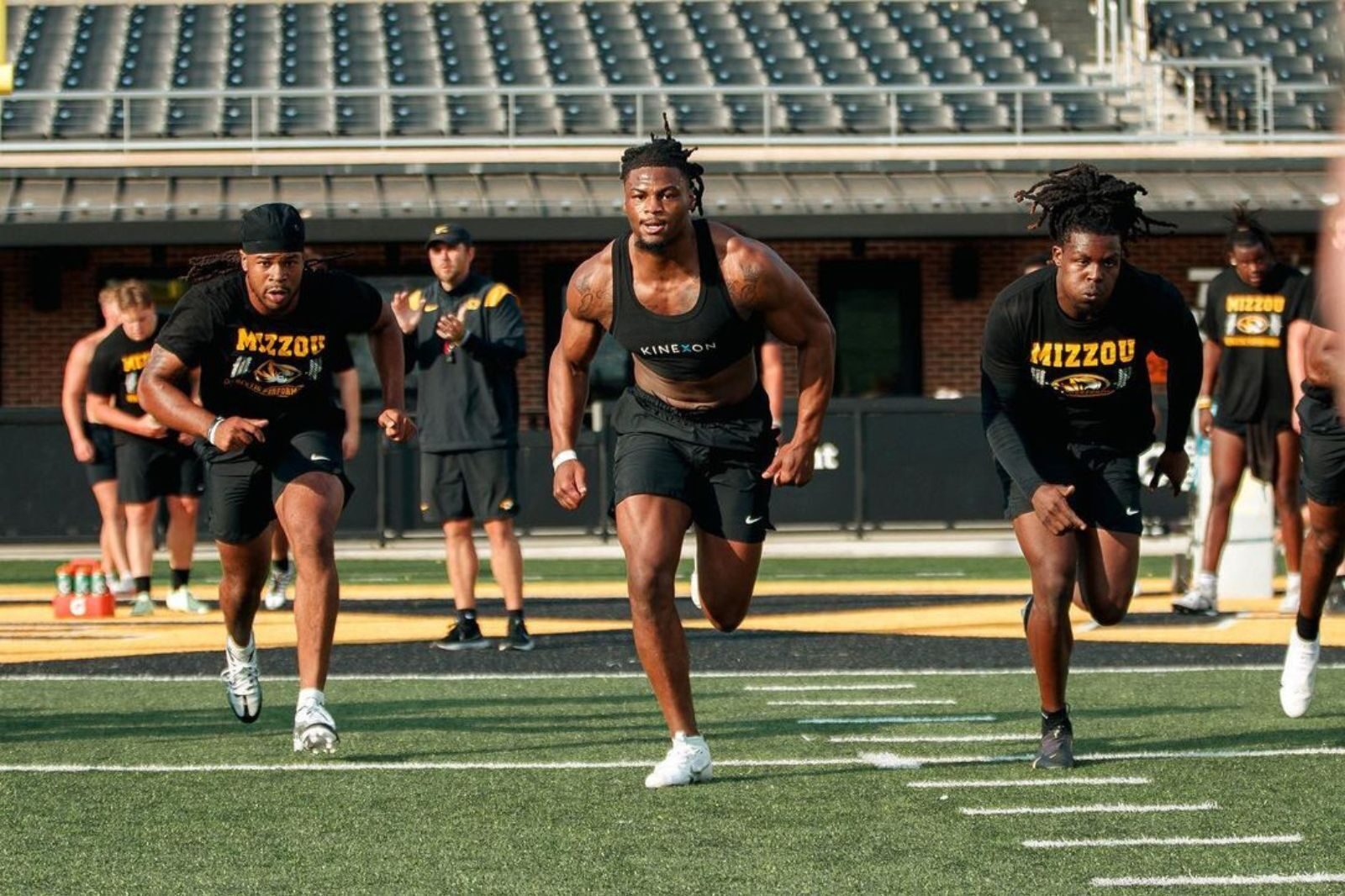
Some player metrics may be more reliable, useful, or informative than others, depending on what we are trying to measure and why. In this blog, we’ll compare volume metrics to intensity metrics to see which one fits your goals better.
What Are Volume and Intensity?

In sports performance, volume-based metrics capture the amount or duration of physical activity. They are usually easier to measure and compare, but they can be misleading or incomplete. For instance, a player who covers the most distance doesn’t contribute more to success than a player with less.
Additionally, without understanding the intensity level it is difficult to put everything into context. For example, a player can run 10km (about 6.21 mi) in 90 minutes of play vs. 10km in 45 minutes of training.
Intensity-based metrics, on the other hand, capture the pace or effort of physical activity. They are usually more reflective of the quality and impact of physical activity, but they can be harder to measure and interpret.
For instance, a player who has a high shooting percentage or a high plus-minus rating may not necessarily be more skilled or valuable than a player who faces tougher opponents or plays in different situations.
Learn about load management for football by downloading our free guide.
Pinpointing the Player Metrics You Need
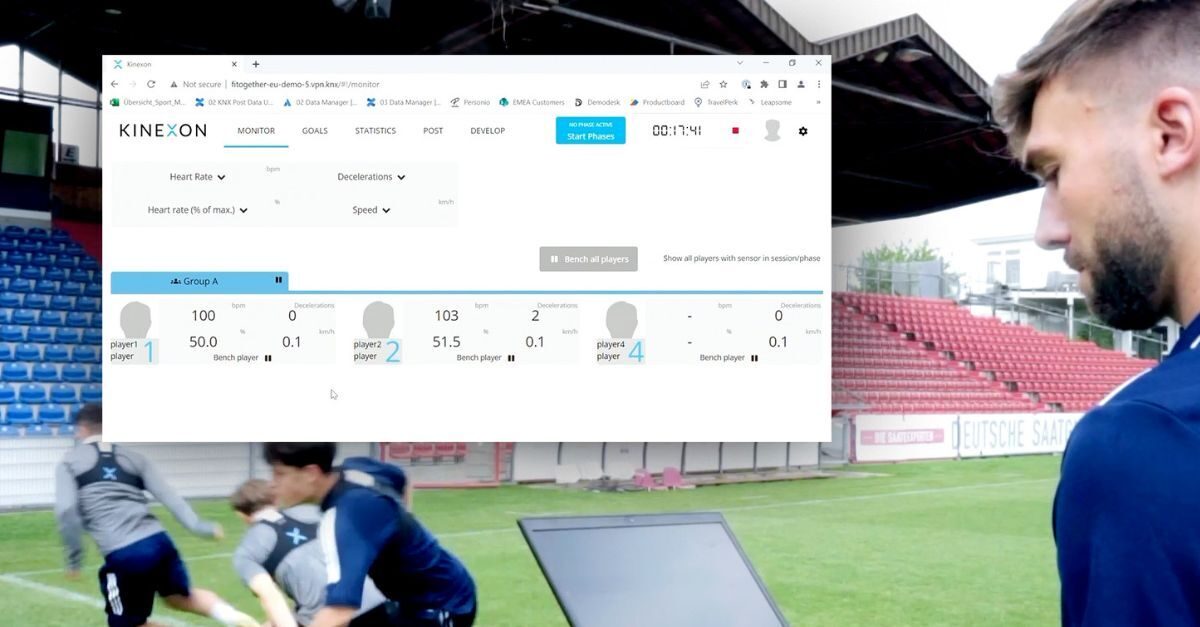
Although there are hundreds of metrics to choose from, you can pinpoint the intensity and volume metrics that mean most to you and your team. Here are some examples: Different Key Performance Indicators to Consider for Intensity:
- Distance covered in high-speed zones
- Number of sprints
- Number of high accelerations / decelerations
- Acceleration load
KPIs to Consider for Volume-Based Metrics
- Distance covered
- Duration of a session
- Time in speed zones
- Physio load
A good approach is to use both sets of metrics in combination, as they complement each other and provide a more comprehensive picture of the volume and intensity of the activity.
Why Combine Volume and Intensity?
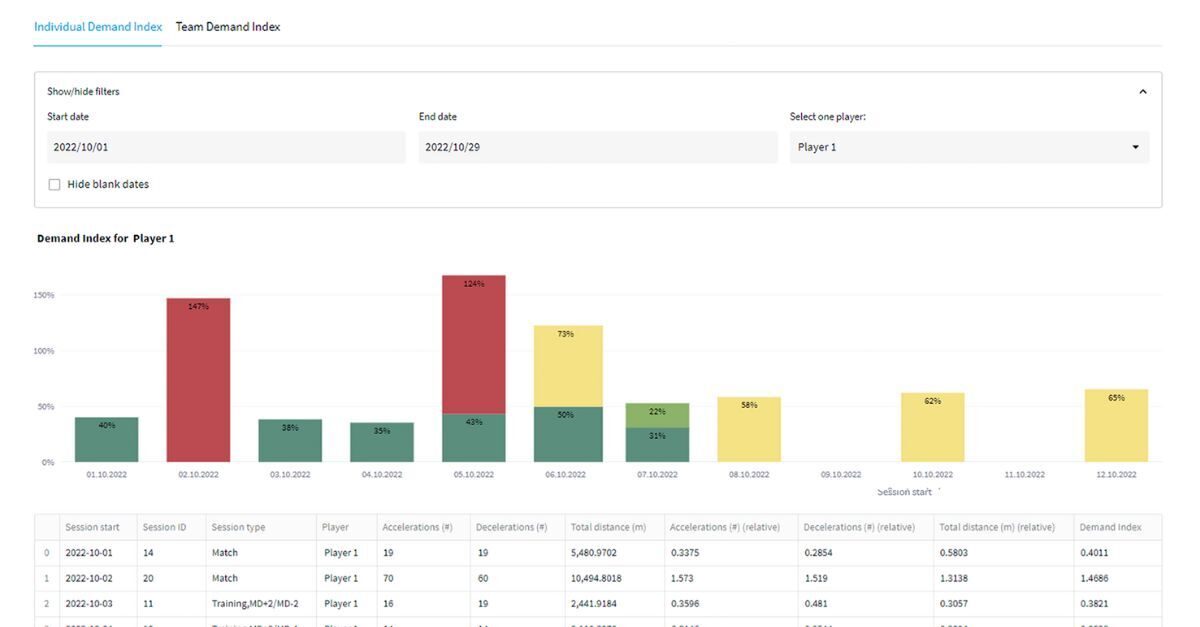
Getting an accurate look is a good start. You’ll also need to consider the context and the purpose of the analysis. By using a combination of volume and intensity metrics, you can answer questions such as:
- How much activity did the athlete perform over a given time?
- How hard did the athlete work over a certain period?
- How did the athlete distribute their effort over a selected amount of time?
These questions can help you understand the activity profile of your athletes and how it affects their health, well-being, and performance. By using sports analytics, you can measure and optimize your athletes’ activity and help them achieve their goals.
KINEXON Sports Science Consulting Helps
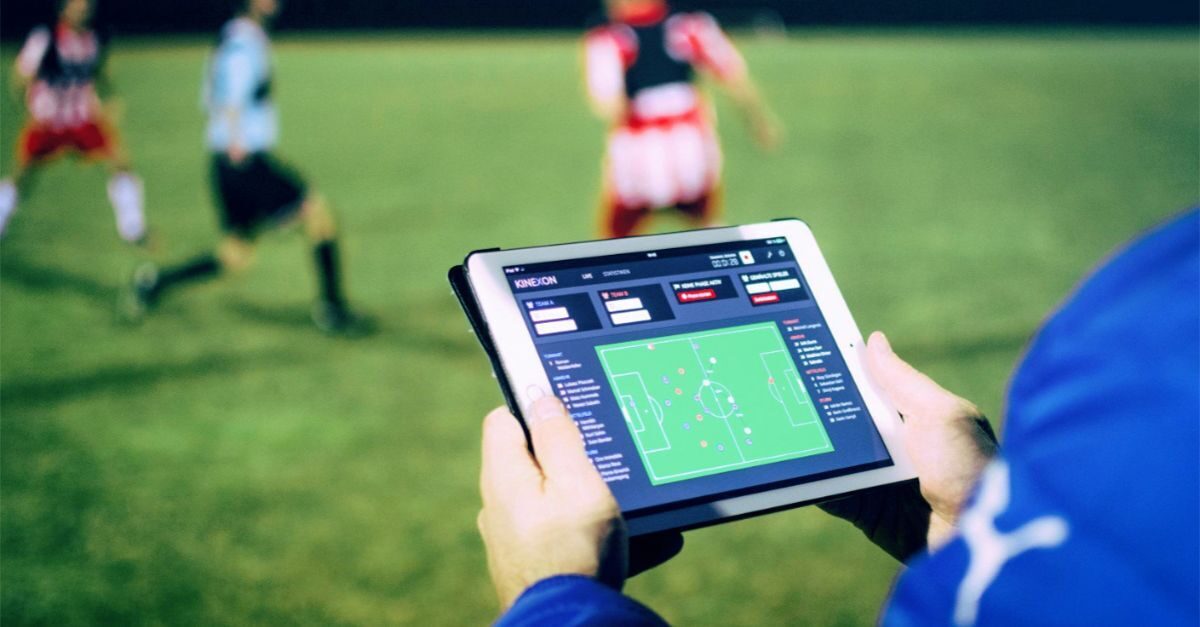
At the end of the day, you must find a good combination of both metrics to get the most out of your training and to plan accordingly for the next training session. That’s what our Sports Science Consulting team can help you with.
Our team can help you select and interpret metrics. They can be applied to any sport.
If you’d like to learn more about how volume and intensity metrics can help your team, contact us at any time.
You can also check out our guide to creating custom metrics dashboards for any sport via the link below. And be sure to check out our demand planner guide designed specifically for women’s sports.
